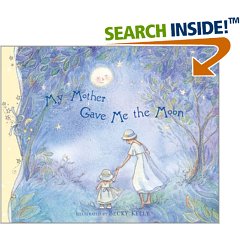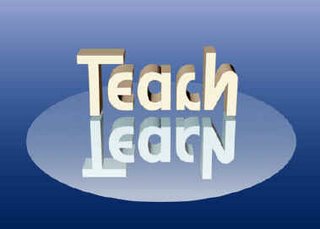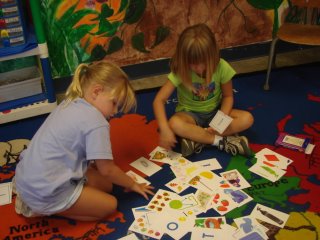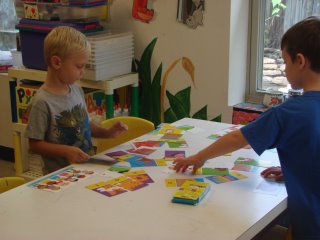Today there is another coalition meeting about early childhood in Evansville. Last month, Miss Kelly and I took time out from our busy schedules and went. All the things that the coalition wanted to implement in the next twenty years, we already have at the Garden School. I wrote a detailed letter to Vicki Paris about what we do at the Garden School and there was no reply.
I find the following interesting; it is from New Mexico
Schools participating in Early Childhood study
Wednesday, August 16, 2006
The Weymouth School District has been chosen to participate in a national research study on preschool interventions. The goal of the study is to help children obtain the skills that will help them be successful in school and that will reduce the need for special education services.
The U.S. Department of Education awarded this grant to Dr. Christopher Lonigan at Florida State University, a national expert on children’s early literacy and language development. More than 20 school districts in New Mexico are participating in this project.
Project MOSAIC will begin in Fall 2006 and will continue for four years. Classrooms in the study will receive high-quality early childhood curricula with demonstrated effects – Literacy Express or Tools of the Mind – as well as professional support on how to use the curriculum effectively.
The study will bear all costs, including curriculum materials, training, and ongoing support in classrooms from mentors/coaches.
The study will follow children from preschool through second grade, to look at whether the special preschool curricula have long-term benefits for children. Project MOSAIC will provide important information on how best to support the development of at-risk children and reduce the likelihood of the need for special education when the children reach school.
All across the nation we hear of states with huge money wasting campaigns that scream preschool for all children, yet when you look at the curriculum, it screams “no teaching please.” Personally, I’ve been attacked and verbally assaulted for bringing to life a glimpse of the world for our students. I would love to know what the curriculum is in New Mexico, and I would love to know, after all the hours, the money and the effort, what the coalition in my own city does about educating the children right here. So far we have a mind set that preschool should be non directed, non adult involved free play. Let’s see what happens.










